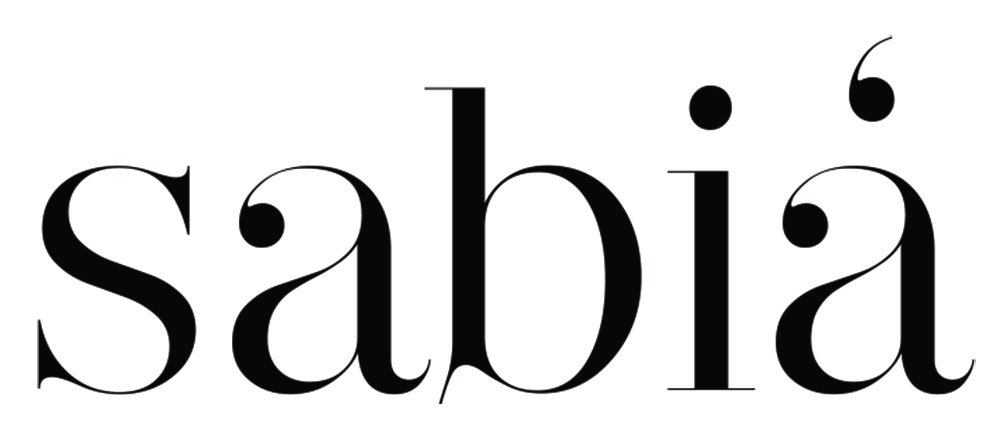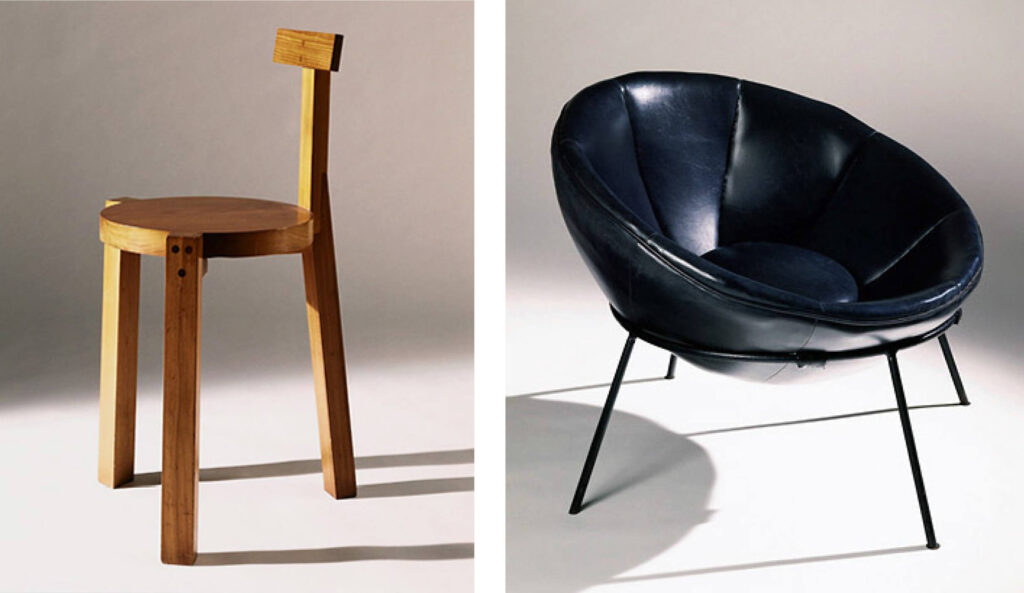FR
Lina Bo Bardi (1914-1922), architecte et designer italo_brésilienne
Lina Bo Bardi est née à Rome en 1914 et à 25 ans, elle est diplômée en architecture de l’Université de Rome. Elle déménage à Milan où, en plus de travailler sur des projets architecturaux, elle est rédactrice en chef pour d’importants magazines italiens tels que Domus Magazine.
À travers ces publications, Lina a participé activement à la scène sociopolitique italienne. Sa politisation lui permettra plus tard d’occuper un rôle important dans la modernisation sociale du Brésil.
En 1946, Lina épouse Pietro Maria Bardi, important journaliste et critique d’art italien. Ils déménagent ensemble au Brésil. Installés à São Paulo, Pietro est invité par Assis Chateaubriand à coordonner le nouveau Musée d’Art Moderne de São Paulo (MASP), et Lina commence à travailler sur les études pour le nouveau bâtiment du musée, qui sera achevé en 1968.
Lina a été naturalisée brésilienne en 1951, la même année où elle a construit son premier bâtiment au Brésil. La maison, appelée « Casa de Vidro » à Sao Paulo, était le projet de sa résidence personnelle. Ces deux projets – le MASP ainsi que la « Casa de Vidro » ont eu une forte influence sur le modernisme architectural européen.
Lorsqu’elle s’installe à Salvador, elle rencontre les racines de la culture populaire brésilienne qui marqueront profondément son travail. Au même moment, Lina est invitée à coordonner le Musée d’art moderne de Bahia (MAM-BA), et elle y organisera d’importantes expositions sur l’art populaire brésilien.
Parmi les projets qu’elle a construits à Salvador, comme la Casa Chame-Chame ou la rénovation de Solar da União, elle a mélangé des techniques et des matériaux de construction traditionnels avec des principes modernes, ce qui représente une transformation considérable dans ses idées et ses œuvres.
De retour à São Paulo, elle continue à travailler en tant que commissaire d’expositions majeures ainsi qu’à la scénographie pour des théâtres – ce qui l’amènera plus tard à construire le Théâtre Oficina.
En 1977, Lina lance les premières ébauches du SESC Pompéia, transformant une ancienne usine en centre de loisirs. Considérée comme la plus marquante de ses œuvres, SESC Pompéia est sans aucun doute un projet de grande expérimentation formelle et sociale.
Avant-gardiste à tous points de vue, Lina a été l’une des personnalités les plus influentes de la scène culturelle brésilienne du XXe siècle. Sa forte idéologie a fait de son œuvre une référence importante pour le design brésilien.
Lina est décédée en 1992 dans sa résidence, aujourd’hui l’Institut Lina Bo et Pietro Maria Bardi.
EN
Lina Bo Bardi (1914-1992), Brazilian/ Italian architect and designer
Lina Bo Bardi was born in Rome in 1914 and at 25 years old was a graduate in architecture from the University of Rome. Soon, Lina moved to Milan where in addition to working on architectural projects, she was an editor for important Italian magazines such as Domus Magazine.
Through these publications, Lina was an active participant in the Italian sociopolitical scene. Lina’s politicization would later allow her to occupy an important role in Brazil’s social modernization.
In 1946, the same year Lina married Pietro Maria Bardi, an important journalist and art critic, they moved together to Brazil. Pietro was invited by Assis Chateaubriand to coordinate the new Modern Art Museum in São Paulo – MASP. Lina began the studies for the new building of the museum, that would be completed in 1968.
Lina was naturalized as a Brazilian citizen in 1951, the same year she completed her first building in Brazil which was also her residence in São Paulo, the Glass House. Both projects, the Museum MASP as well as the Glass House, had a strong influence from the rational modernism of the European architecture.
Her references would soon be influenced when she moved to Salvador and found there the roots of Brazilian popular culture. Lina was invited to coordinate the Museum of Modern Art of Bahia, MAM-BA, organizing important exhibitions about Brazilian Popular Art.
Among the projects she built in Salvador, such as Casa Chame-Chame or the renovation of Solar da União, she mixed traditional construction techniques and materials with modern precepts, representing a considerable transformation in her ideas and works.
Back in São Paulo, she continued to work as a curator in major exhibitions as well as working with scenic design for theaters – fact that would lead her later to build the Teatro Oficina.
In 1977, Lina started the first drafts of SESC Pompéia, transforming an old factory in a leisure center. Considered the most striking of her works, SESC Pompéia is undoubtedly a project of great formal and social experimentation.
Avant-gardiste from every perspective, Lina was one of the most influential persons in the Brazilian cultural scene of the 20th century. Her strong ideology made her body of work an important reference for Brazilian design.
Lina passed away in 1992 in her residence, today the Institute Lina Bo and Pietro Maria Bardi.
“A arquitetura de Lina é espetacular, não é ‘do espetáculo’. É de propósito à vida”. Zueler Lima
Cover photo: Sesc Pompéia, São Paulo / Source: Lina Bo Bardi Together, photo Nelson Kon



















